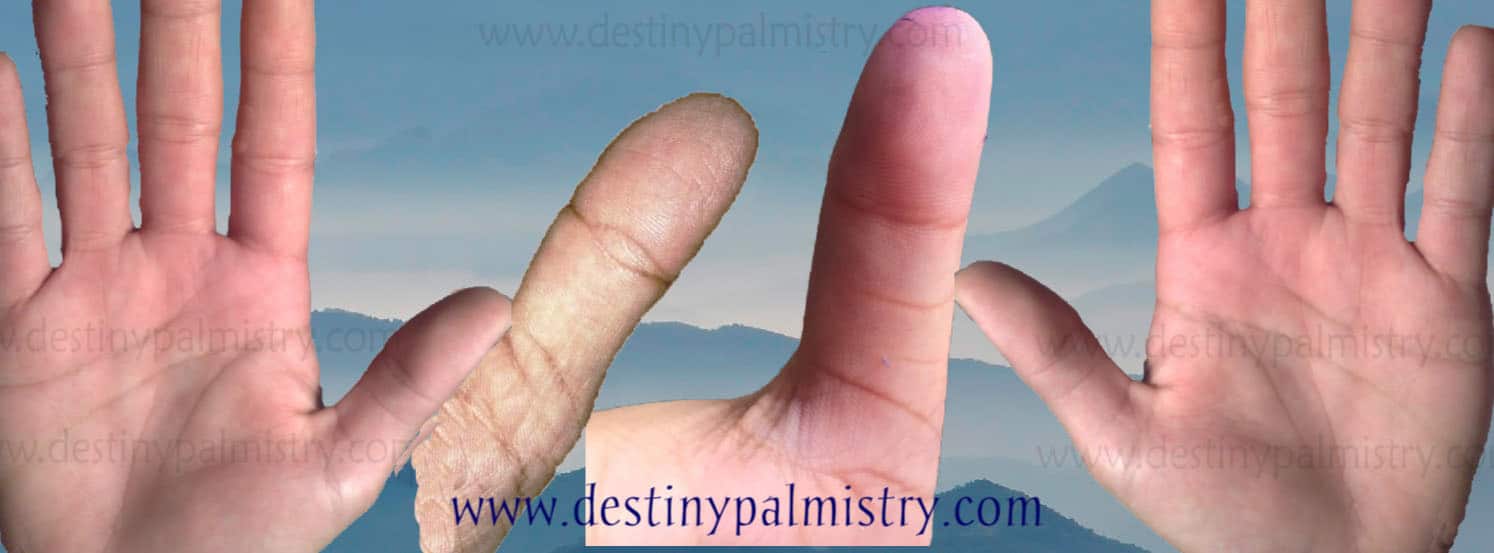
Anticipating when the behavior occurs may help you reduce it by giving you time to substitute stress-relieving techniques, such as deep breathing, meditation, and exercise. If possible, try to identify the triggers in your life that prompt you to suck your thumb.

This may not work for everyone, especially if the behavior has become a long-term or subconscious habit. Some adults have reported that they were able to stop sucking their thumbs by making a decision to do so and sticking to it. The dental problems caused by thumb sucking can result in speech problems, such as lisping. Long-term thumb sucking can also cause callouses to form on the thumb.
Ten thumbs meaning skin#
It can also dry out the skin of the thumb, causing it to crack, bleed, or become infected. Vigorous or long-term thumb sucking can change the shape of the thumb, making it thinner or elongated. Without vigilant hand washing, thumb sucking may introduce dirt and bacteria into the mouth, potentially causing an infection in a tooth or in the gums. The roof of the mouth may also become more sensitive to touch and sensation. Thumb sucking can cause the roof of the mouth to indent and become concave. Changes to jaw shape can also affect facial appearance. This may work to alter jaw shape and cause crossbite, another type of tooth misalignment. In some instances, the lower incisor teeth may begin to tip toward the tongue.ĭuring vigorous thumb sucking, the cheek muscles flex. The upper and lower teeth may also begin to slant outward. Thumb sucking can create problems with the proper alignment of teeth, causing conditions such as an overbite to occur. Thumb sucking in adults can cause several other side effects: Misaligned teeth (dental malocclusion) The side effects of thumb sucking may be more pronounced if you suck your thumb vigorously or often. In adults, problems with bite and oral health may worsen unless they are addressed, either by getting braces or by stopping the behavior. However, once permanent teeth come in, thumb sucking may cause problems with tooth alignment. Thumb sucking doesn’t have many adverse effects in children with baby teeth. While relatively benign, thumb sucking isn’t without side effects, particularly to dental health. It could be this behavior provides comfort and reduces anxiety for those who do it. The reasons for this aren’t completely understood. For some, thumb sucking may even be a lifelong habit. While most childhood thumb suckers stop on their own, a percentage seem to continue in private for decades. However, anecdotal evidence suggests that there are many adults who suck their thumbs - perhaps as many as 1 in 10. No specific data exists that indicates how often thumb sucking continues into the teen and adult years. Others respond to mild forms of intervention from their parents. Many kids who suck their thumbs stop doing so without intervention once they reach school age. Thumb sucking is common among babies, toddlers, and young children. The majority of newborns demonstrate thumb, finger, or toe sucking behaviors within hours after birth.
Ten thumbs meaning how to#
So humans usually have five digits per hand, one of which is the thumb.Thumb sucking is a natural, reflexive behavior that helps infants soothe themselves and learn how to accept nourishment. Appendages like your fingers, toes, and thumbs are digits. Thumb refers to the first digit of the human hand, set apart and opposable to the other four digits of the hand. So if a thumb is not really a finger, what is it? Thumb definition The thumb is out to the side of the hand and lower than the four fingers. A thumb only has one joint and two phalanges. Your fingers have two joints and three bones called phalanges or phalanxes.


Your thumb is different from your fingers. If you look up finger on, you will find this definition: “Each of the four slender jointed parts attached to either hand.” Doesn’t this definition seem to exclude the thumb? Why exclude it? Thumb vs. Grammarly helps you communicate confidently Write with Grammarly Finger definition


 0 kommentar(er)
0 kommentar(er)
